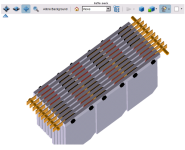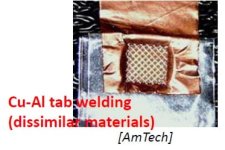Electricdirtbiker
100 mW
- Joined
- Mar 21, 2008
- Messages
- 49
There has been a lot of concerns about ordering pouch cells from A123rc, and what your might receive.
I just received my cells this morning, 6 business days after order placed, with the free postage selection.
I don't have a picture.
The cells are all full tabbed, tabs are slightly bent, but appare unused. The 20ah cells (8) all measured ~3.28v.
Not knowing their age, 3.28v is a little on the high side for idle cells. They may have been charged and sorted.
My equipment can perform only a few amp hour load testing, I will report any thing odd.
The cells have a slight bow near the tabs, as well as across the entire cell. So unless I get brave and flatten them,
I will never be able to package them as flat as ideal. Any ideas?
The cells are all labeled "made in usa".
The cells appare new, accept for some small scuff marks here and there.
The a123 shipping trays are not new and a little dirty. Some manual handling before shipping I think.
Electricdirtbiker
I just received my cells this morning, 6 business days after order placed, with the free postage selection.
I don't have a picture.
The cells are all full tabbed, tabs are slightly bent, but appare unused. The 20ah cells (8) all measured ~3.28v.
Not knowing their age, 3.28v is a little on the high side for idle cells. They may have been charged and sorted.
My equipment can perform only a few amp hour load testing, I will report any thing odd.
The cells have a slight bow near the tabs, as well as across the entire cell. So unless I get brave and flatten them,
I will never be able to package them as flat as ideal. Any ideas?
The cells are all labeled "made in usa".
The cells appare new, accept for some small scuff marks here and there.
The a123 shipping trays are not new and a little dirty. Some manual handling before shipping I think.
Electricdirtbiker





